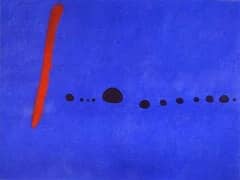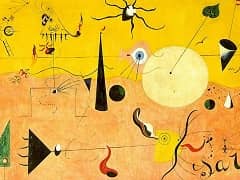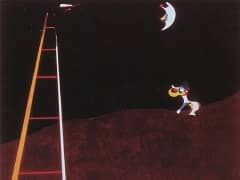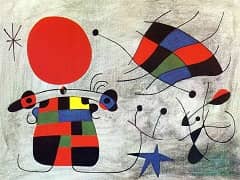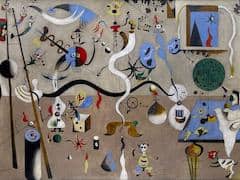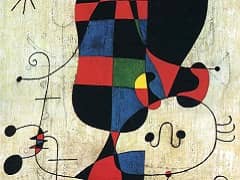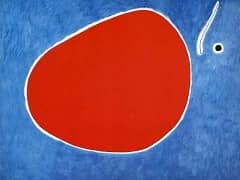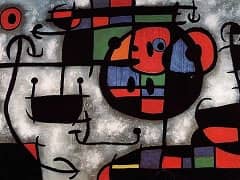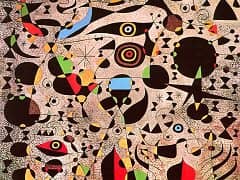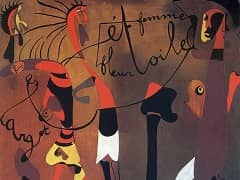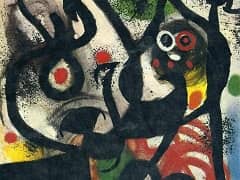The Farm, 1922 by Joan Miro
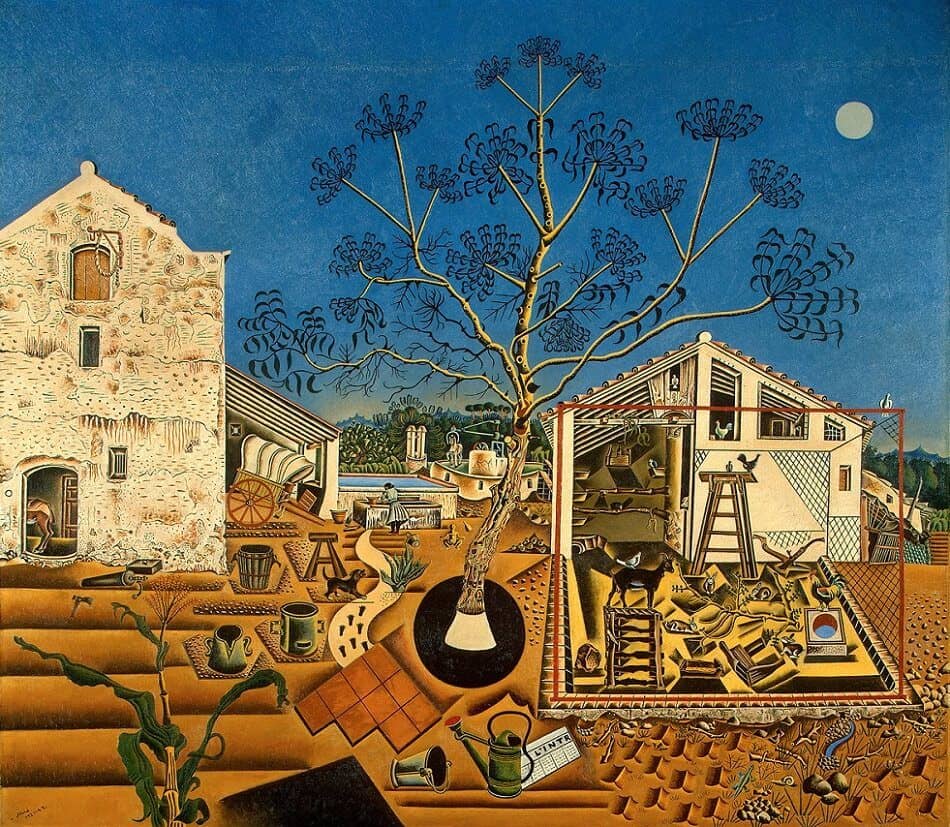
One of the threads running through Miro's work is his sense of something almost supernatural in the land, from which he felt he derived his vital energy in the same way that a tree does through its roots. Although he was born in Barcelona, from childhood he often visited Mallorca, his mother's home; Cornudella ( in the province of Tarragona), where his father was born; and later Montroig, where the family bought a farm. Miro's feelings toward these particular places are strongly present in a series of paintings done between 1918 and 1924. The paintings are often described as "detailist" because of the minute inventory of the rural world that the artist undertook in them. The diverse landscapes and objects always appear under intense, uniform light, as if illuminated by some mysterious energy of the earth. The Farm, painted on Miro's return from his first trip to Paris, culminated in this stage, which immediately preceded the decisive influence exerted on his work by Surrealism, beginning in 1924.
Should there ever be a history of The Farm - as the poet Rilke once suggested after he had been inspired by landscapes of Paul Cezanne - then Miro's triptychs would undoubtedly form part of it.


